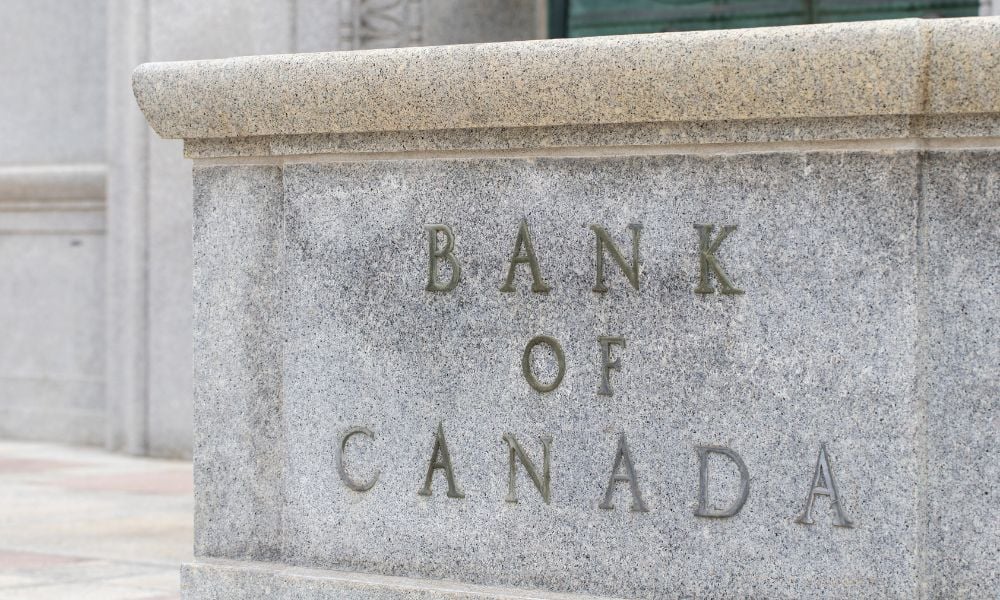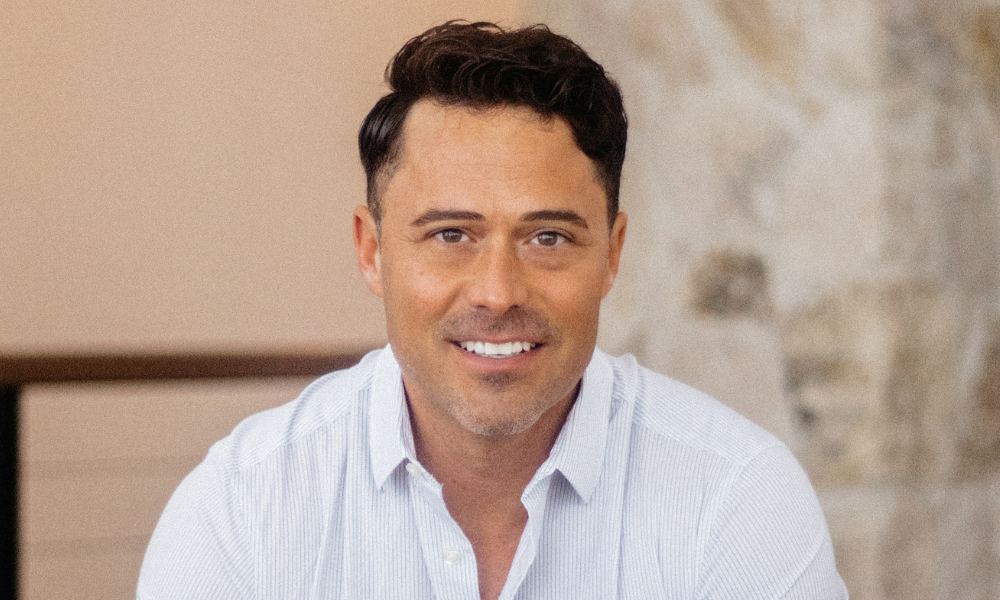Most business owning clients are not experts on making the most of the money their organizations generate
.jpg)
Although specialists in their chosen fields, most business owning clients are not experts on how to make the most of the money their organizations generate. As many business owners go through a mid-year review of their business, some will have excess cash or retained earnings sitting in low-interest vehicles. For advisors with business owning clients, this type of situation creates a good opportunity to go the extra for mile and reaffirm their value proposition.
“As a small business owner myself, this is definitely something I’ve gone through personally,” says portfolio manager at IPC Securities Corp Dan Beyaert. “If you are able to get surplus money inside your corporation, the starting point should be setting out your objectives and time horizon for investing that money. That will dictate how much risk the client is willing to take with each bucket of money they have to invest.”
Beyaert likes to have what he calls a “buffer” at all times: between six months to a year of operating cash, just in case his business experiences any bumps in the road. He places that money in risk free accounts and although it doesn’t earn anything, it’s value doesn’t decrease, which Beyaert feels is important. When looking to more medium term goals, Beyaert gets a bit more creative with his investments. “In five years, a business owner may want to acquire another business or some office space, so it’s a good idea to diversify the portfolio with those goals in mind,” he says. “For that strategy, it would be a good idea to build a pretty heavy fixed income portfolio with a small equity component for a bit more interest on your money.”
Currently in his early 40s, Beyaert plans to be in a position to retire at age 60. Although he’s developed a strategy to make that a reality, Beyaert is actively preparing for the unexpected. “The beauty of leaving money in the corporation is that I have the flexibility to adjust my plan, my corporation is a bit of a personal RSP,” he says. “I can take money out of my corporation as a dividend and maybe pay 30% tax on it, but then I only have 70% to invest. So, rather than doing that, for my longer term retirement goals I put money in a portfolio that’s more equity based with a long-term horizon. Not needing to access that money for business operations means that portfolio can afford to own equities earning higher rates of return.”
Taxation of investments in corporations is a hot topic and provincial governments are taxing that income at prohibitively high rates. In Alberta, where Beyaert is based, the tax rate for such income is as high as 50.7%. “If you own a corporation, you can put the tax free portion of an investment’s income into a capital dividend account,” he says. “That is a good way to get the money out of your corporation and maybe bolster your TFSA or even RRSP strategies.”
Related stories:
How to find the best portfolio balance
How to differentiate yourself during tax season



